We started our day by revisiting the Prague Castle with a second guided tour focusing specifically on the interventions of Josef Plecnik in 1920 to 1930. We had already been the day prior, but this second visit allowed us to discuss his work in greater detail and to absorb the subtlety of the way in which he had worked with the old fabric of the building. On the first day I had been blown away by the tectonic elegance of what he had done and the beauty of the way he had assembled these “mini projects.” On the second visit, I started to realise the sensitivity of his overall site plan and the way that he had used these small interventions to rationalise an incredibly intricate existing fabric, dense with historical, political and functional complexity.
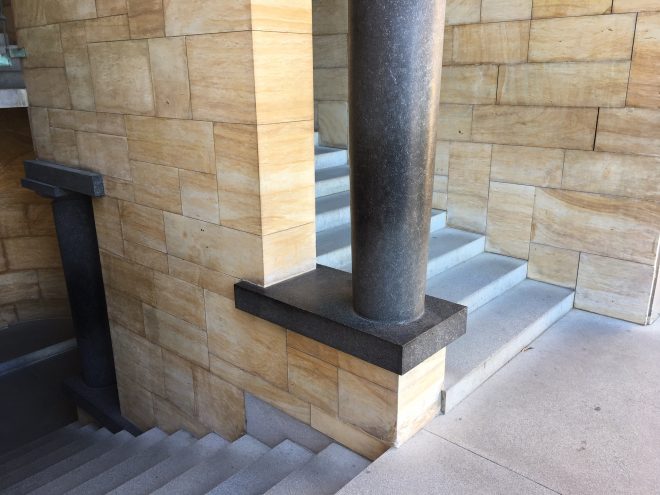
Today the focus for me was less on the actual doors, stairs or openings, but more on what they contributed to how the palace might work and the rationalisation of existing geometries into a cohesive whole which could act at both a civic and human scale. These interventions for the most part occur in corners of the buildings to absorb (and celebrate) this geometry, or to create or strengthen axes within the castle walls and to link these site lines into the city beyond. He created a sense of permeability in the castle walls that I had not noticed the day before, and there is a constant ambiguity between the new work and the old.
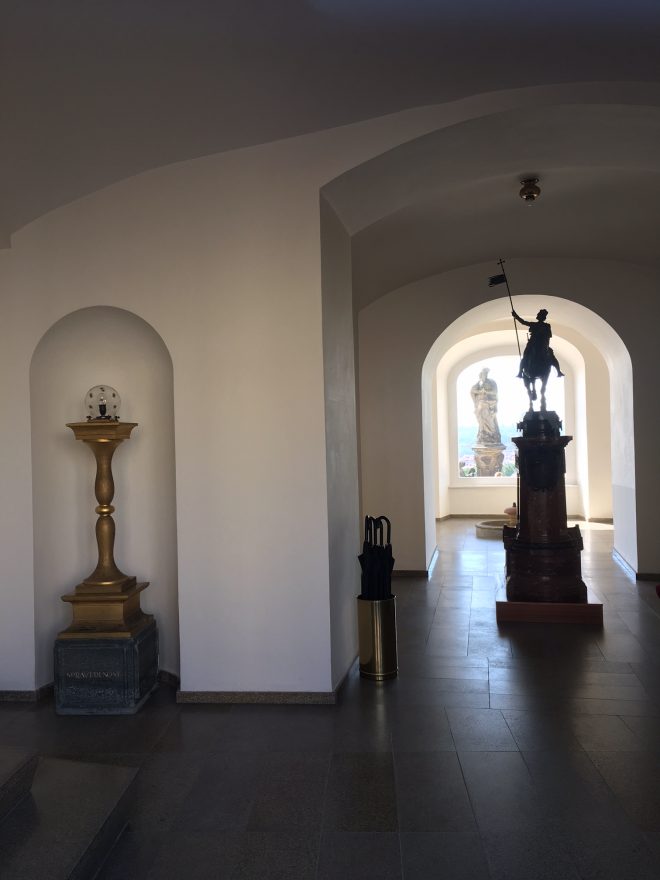
Plecnik was the son of a carpenter and had started his career as a furniture designer, which gave us a deeper understanding of the detailing and the materiality of the renovations. I noticed that the same approach of intricate assembly was being used on the civic scale. There is a humility and an absolute mastery of architectural choreography here – quiet moments stripped of all decoration, intimately scaled moments where a stone tile meets a concrete stair tread perfectly, urban scale moments where Plecnik has cut through internal spaces to link multiple courtyards, and civic moments where he has visually linked these axes to key elements of the city beyond. The Prague Castle has definitely been one of the highlights of the trip so far for me.
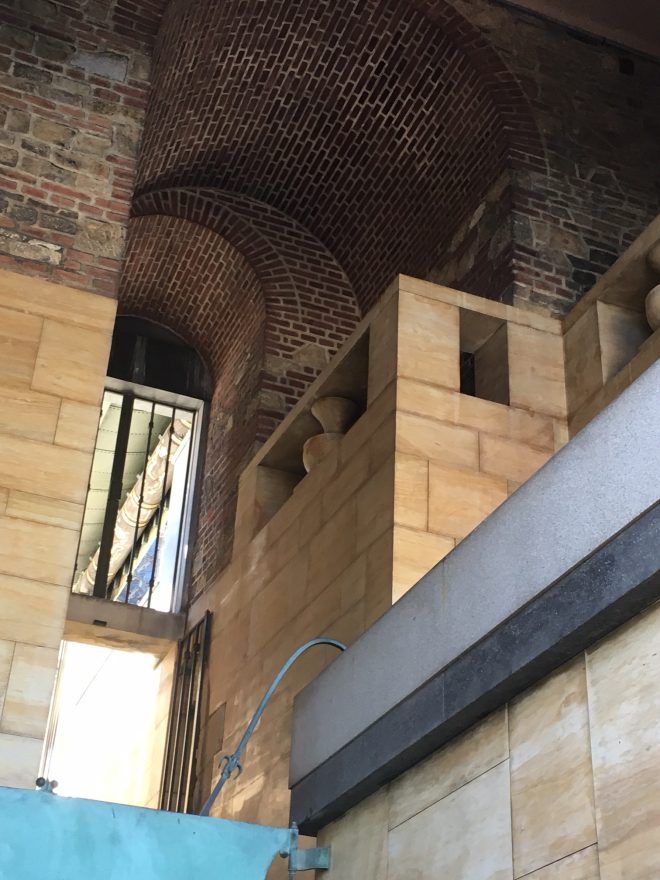
The afternoon was spent visiting a number of multi-residential and commercial projects with Jaroslav Safer, a Czech architect who had spent 13 years in Australia working for Daryl Jackson in Melbourne and Perth. Jaro had emigrated to the UK as a political asylum seeker in the 1970s and met Karl Fender while working as an architect there. This friendship then took him to Australia where he worked until 1992. His insights into the days of Communism and the difficulties of architectural practice during that time were particularly interesting to give us more context around the city we walked through. It was particularly moving for us when he was talking to Katelin about the importance of print media and he told us an anecdote of how he and his friends used to smuggle copies of Architectural Digest back from Britain and pore over them as though they were semi-religious artefacts.
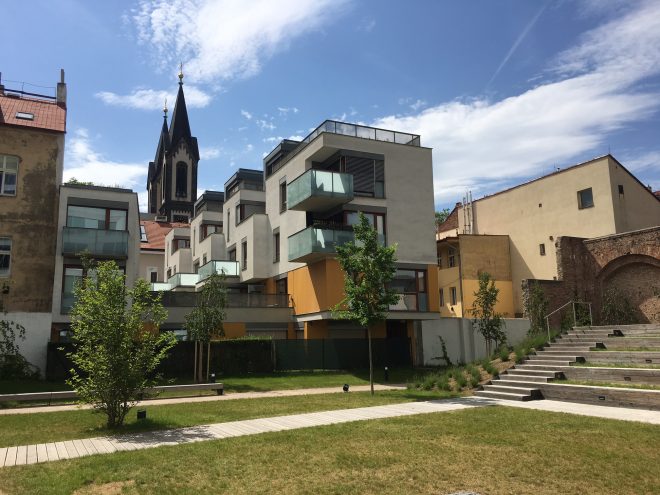
Jaro showed us a large selection of projects by a range of international and Czech architects, but the two that we all connected with most were designed by his own practice, Safer Hajek Architekti. The first of these was an experimental infill typology that re-oriented a ten-unit development towards a public park in the centre of a previously industrial block, with units addressing the park and allowing site lines from this space towards the spire of a nearby church.
The second project was a massive multi-residential development in a largely commercial zone which had been designed around a massive central garden used to give all units access to light and air. The central garden space meant that internal circulation was minimised and occupants moved through the space to their lift cores, in turn activating the public realm below. The material detailing and massing in this project elevated it beyond anything of this typology that we had previously seen in the city.
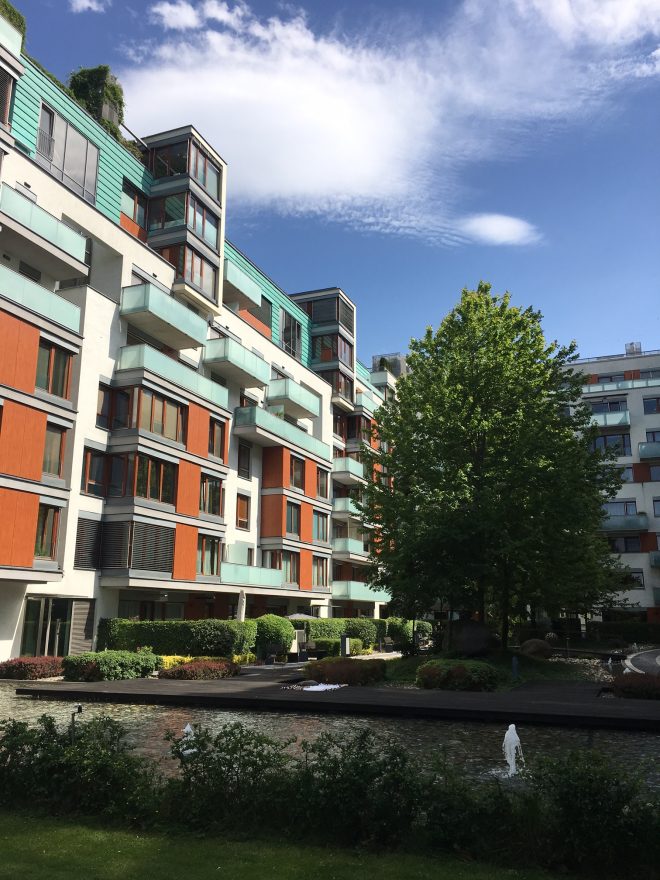
In the other cities we have visited on the tour, it has been the contact with locals that has given us the true richness of experience. In particular, I have been blown away by the generosity of the architects and guides that we have had.
– Morgan Jenkins
#2017DuluxStudyTour